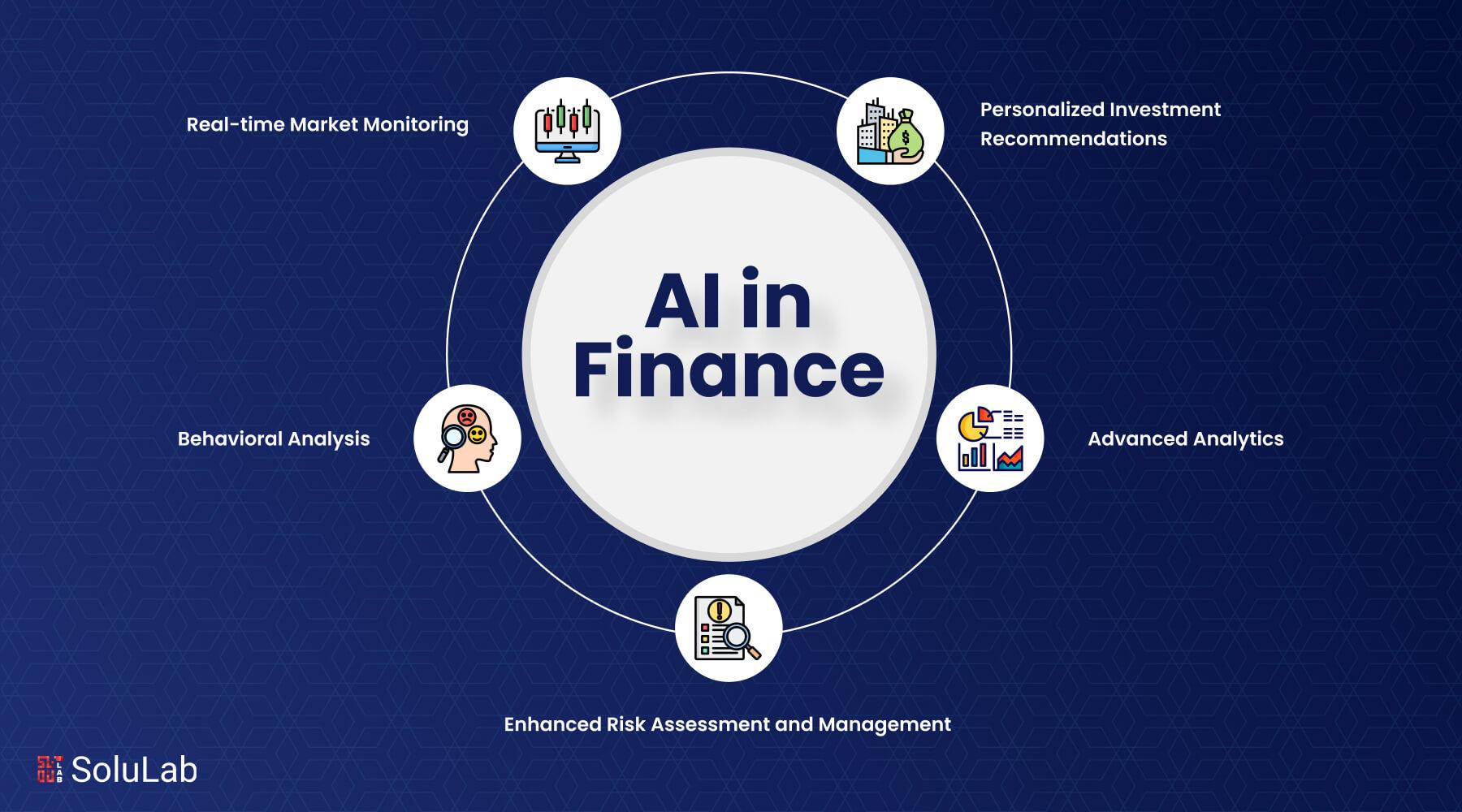In the intricate tapestry of the financial world, where fortunes are made and lost in the blink of an eye, the specter of credit risk looms large. It is the silent adversary, lurking in the shadows, ready to unravel even the most meticulously crafted financial plans. Yet, within this challenge lies an opportunity for the astute and the prepared. As we navigate the complex currents of today’s global economy, understanding and mitigating credit risk has become not just a necessity, but an art form. This article delves into the sophisticated strategies that financial experts employ to lower credit risk exposure, transforming potential pitfalls into stepping stones for success. With an authoritative lens, we will explore the tools, techniques, and insights that empower businesses and individuals alike to safeguard their financial futures against the uncertainties of credit markets. Prepare to embark on a journey through the world of credit risk management, where knowledge is power and strategy is key.
Mitigating Risk through Diversified Asset Allocation
In the realm of financial strategy, the art of spreading investments across a variety of asset classes emerges as a formidable approach to reducing credit risk exposure. By diversifying, investors are not only safeguarding their portfolios against the volatility of any single market but also enhancing the potential for stable returns. A well-rounded asset allocation might include:
- Equities: Stocks can offer growth potential, but it’s crucial to balance them with other assets to mitigate risks.
- Bonds: These provide a steady income stream and can act as a buffer against market fluctuations.
- Real Estate: Investing in property can offer tangible value and income through rental yields.
- Commodities: Assets like gold and oil can serve as a hedge against inflation and currency devaluation.
- Alternative Investments: Consider hedge funds or private equity to further diversify and potentially increase returns.
By strategically allocating resources across these varied asset classes, investors can not only shield themselves from unforeseen market downturns but also position their portfolios for sustainable growth. This approach underscores the importance of a balanced strategy, where each asset class plays a pivotal role in cushioning against credit risks and ensuring long-term financial resilience.

Enhancing Credit Assessments with Advanced Analytics
In the ever-evolving landscape of financial risk management, leveraging advanced analytics has become a cornerstone for enhancing credit assessments. Financial institutions are now employing sophisticated data models and machine learning algorithms to delve deeper into customer profiles, thus providing a more nuanced understanding of creditworthiness. This analytical prowess enables lenders to identify potential risks earlier and with greater precision, ensuring that credit is extended to the right individuals and businesses.
- Predictive Modeling: By harnessing the power of predictive analytics, financial entities can forecast future credit behaviors and trends, allowing for proactive risk mitigation.
- Real-Time Data Analysis: Continuous monitoring of credit portfolios through real-time data analysis helps in identifying anomalies and potential red flags before they escalate.
- Behavioral Insights: Advanced analytics provide insights into consumer behavior patterns, aiding in the customization of credit products that align with individual risk profiles.
These innovative approaches not only bolster the accuracy of credit assessments but also enhance the overall decision-making process, leading to a significant reduction in credit risk exposure. As financial strategies evolve, embracing these cutting-edge analytical tools is imperative for staying ahead in the competitive financial landscape.
Leveraging Insurance Instruments for Risk Management
In the intricate world of finance, mitigating credit risk is paramount for maintaining a robust portfolio. One of the most effective strategies is the strategic use of insurance instruments. These tools not only provide a safety net but also offer a structured approach to managing potential losses. Credit default swaps (CDS), for instance, serve as a vital hedge against the risk of borrower default, allowing financial institutions to transfer risk and stabilize their balance sheets. Trade credit insurance further complements this by safeguarding businesses against non-payment from clients, ensuring cash flow remains uninterrupted.
To effectively leverage these instruments, consider the following key strategies:
- Assess and Customize: Evaluate your specific risk exposure and tailor insurance solutions to align with your risk management objectives.
- Integrate with Risk Management Framework: Incorporate insurance instruments into a broader risk management strategy to enhance resilience and agility.
- Regular Review and Adjustment: Continuously monitor market conditions and adjust your insurance coverage to reflect changes in risk profiles.
By integrating these sophisticated insurance instruments, financial entities can significantly lower their credit risk exposure, ensuring a more secure and prosperous financial future.
Strengthening Financial Resilience with Contingency Planning
In today’s volatile economic landscape, the importance of robust financial resilience cannot be overstated. Contingency planning serves as a cornerstone in fortifying your financial strategy against unforeseen risks. By anticipating potential disruptions and crafting a responsive plan, businesses can safeguard their assets and maintain stability. Key elements of effective contingency planning include:
- Risk Assessment: Conduct thorough evaluations to identify potential financial threats and vulnerabilities.
- Liquidity Management: Ensure access to sufficient liquid assets to navigate unexpected financial challenges.
- Diversification: Spread investments across various sectors to mitigate the impact of market fluctuations.
- Credit Monitoring: Regularly review credit reports and scores to detect early signs of financial distress.
Implementing these strategies not only lowers credit risk exposure but also enhances the ability to respond swiftly to economic changes. By prioritizing contingency planning, businesses can create a resilient financial foundation that supports long-term growth and stability.





